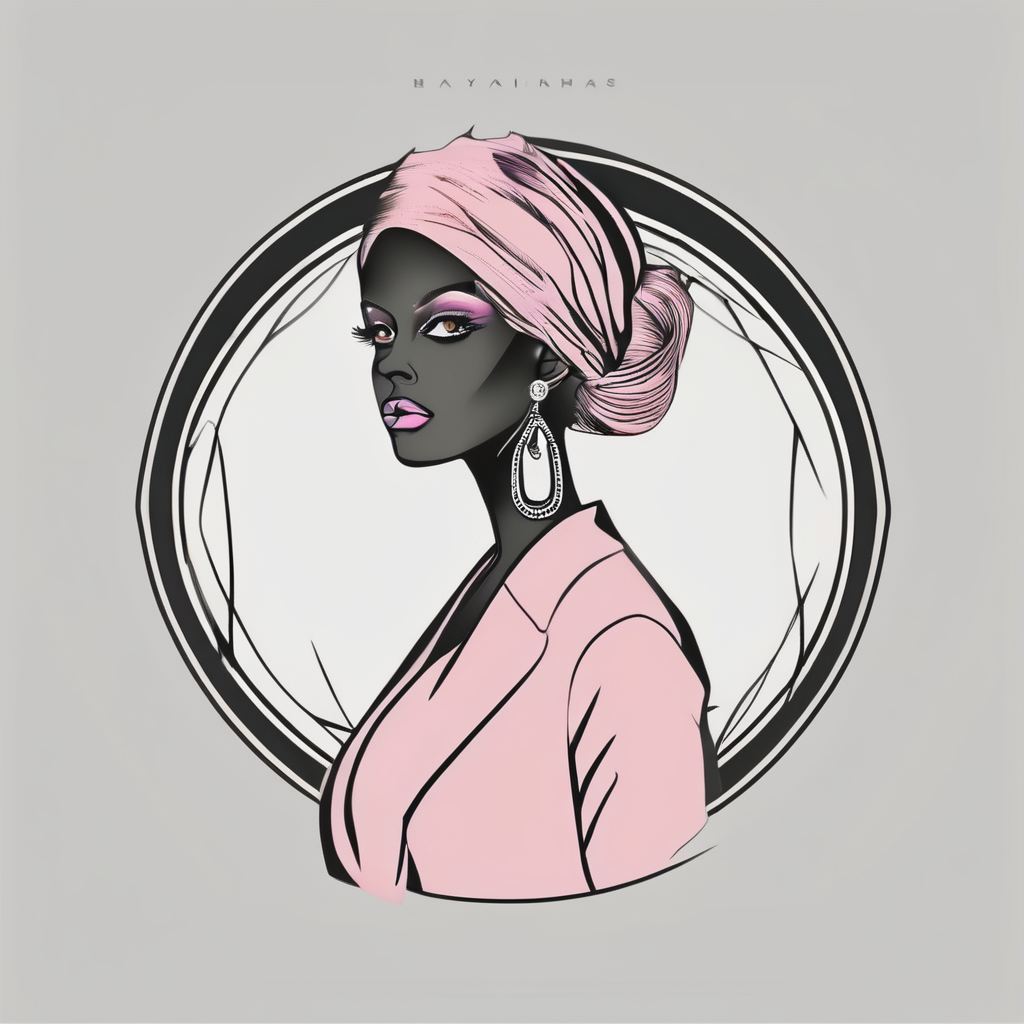Layered fashion offers a stylish solution for those seeking to stay warm while showcasing their unique personality. Embracing versatile pieces can enhance your silhouette, allowing for a flattering, slim appearance. In the UK, where weather can be unpredictable, mastering this art not only keeps you comfortable but also ensures you look chic. From choosing the right fabrics to experimenting with textures and colours, these tips will help elevate your wardrobe. Discover how to blend creativity with practicality for a polished look that adapts to any occasion.
Understanding Layered Fashion
Layered fashion is a cornerstone of UK fashion trends, offering both style and practicality. Embracing the art of layering allows individuals to adapt to the UK's unpredictable weather while maintaining a fashionable appearance. Layered fashion basics revolve around combining various clothing pieces to create a cohesive and versatile outfit.
Also to discover : Top Picks for the Lightest Summer Jackets Perfect for UK Evenings
Mastering layered outfits provides numerous benefits. Firstly, it enhances style by adding depth and dimension to your look, allowing for personal expression. It also offers comfort, as layering enables you to adjust your clothing to suit changing temperatures throughout the day. This adaptability is particularly valuable in the UK's climate, where weather conditions can shift rapidly.
To layer effectively, consider a few key principles. Start with a base layer that fits snugly, such as a lightweight t-shirt or blouse. Add a middle layer for warmth, like a sweater or cardigan, and finish with an outer layer, such as a coat or jacket, for protection against the elements. Pay attention to textures and colours to ensure each piece complements the others. For different occasions, adjust the formality and style of each layer to suit the event, whether casual or formal. Understanding these layering concepts can transform your wardrobe, providing endless possibilities for creative and functional outfits.
Additional reading : Top Outerwear Essentials to Conquer the UK”s Unforeseen Rain Showers
Essential Layering Techniques
Layering techniques in fashion are essential for creating adaptable and stylish outfits. Understanding the foundation, mid-layer, and outer layer choices can significantly enhance your wardrobe versatility.
Foundation Layer Choices
The foundation layer is crucial for comfort and sets the tone for the rest of your outfit. Opt for breathable fabrics like cotton or merino wool, which offer moisture-wicking properties and maintain warmth. A well-fitted t-shirt or blouse serves as an excellent base, ensuring ease of movement and comfort throughout the day. Consider neutral colours for versatility, allowing you to mix and match with other pieces effortlessly.
Mid-Layer Options
Mid-layers add warmth and style, bridging the gap between the base and outer layers. Choose versatile items such as cardigans, sweaters, or vests that can be easily removed or added as needed. Layering techniques suggest experimenting with different textures, like knitwear or fleece, to introduce depth to your outfit. Mid-layers should complement both the foundation and outer layers in colour and style.
Outer Layer Styles
Outer layers are the final touch, offering protection and enhancing your overall look. Consider coats, jackets, or trench coats that align with your style preferences and climate needs. Fashion tips recommend selecting outerwear that complements your body shape and adds a statement to your ensemble. Opt for classic pieces that can transition seamlessly between casual and formal occasions.
Fabric Choices for Layering
When it comes to layering fabrics, selecting the right fabric types is crucial for comfort and style, especially in the UK's unpredictable climate. Understanding how to choose and combine seasonal fabrics ensures your layered outfits are both functional and fashionable.
Best Fabric Types: For the base layer, opt for lightweight, breathable materials like cotton or merino wool, which provide moisture-wicking properties and a comfortable fit. For mid-layers, consider fabrics such as knitwear or fleece, which offer warmth and texture. The outer layer should be made from durable materials like wool or waterproof synthetics to protect against the elements.
Tips for Combining Textures and Weights
- Balance textures: Pair smooth fabrics with textured ones to add depth without overwhelming your look.
- Vary weights: Use lighter fabrics for the base and heavier ones for outer layers to maintain a comfortable temperature balance.
Sustainable Fabric Choices
For eco-conscious fashionistas, consider sustainable options like organic cotton, recycled polyester, or Tencel. These sustainable fabrics not only reduce environmental impact but also offer excellent quality and comfort. By making mindful fabric choices, you can enjoy stylish, layered outfits that align with your values.
Outfit Combinations for Various Body Types
Understanding how to layer effectively for your body type can transform your wardrobe into a realm of inclusive fashion. Here are some outfit ideas tailored to different body types.
Layering for Slim Figures
For those with slim figures, layering is an excellent way to add volume and dimension. Opt for chunky knits and textured fabrics to create a fuller silhouette. Pair a fitted base layer with a loose, patterned cardigan or oversized jacket. This combination not only adds depth but also highlights your frame without overwhelming it.
Layering for Curvy Figures
Curvy figures benefit from layering that enhances natural curves while maintaining balance. Choose structured pieces like tailored blazers or wrap cardigans to accentuate your waist. A-line skirts or dresses layered with a fitted top can create a flattering shape. Use belts to define your waist further and add a pop of colour or texture to your ensemble.
Layering for Athletic Figures
Athletic figures can use layering to introduce softness and dimension. Select flowing tops or tunics over fitted base layers to soften angular lines. A long, draped cardigan or a relaxed-fit jacket can add movement and interest. Experiment with different lengths to create a balanced look that complements your athletic build.
Visual Inspiration and Product Recommendations
When seeking fashion inspiration for layered outfits, curated style boards can be invaluable. They offer visual guides on how to combine pieces creatively and effectively. By examining these boards, you can discover innovative ways to layer clothing, ensuring your wardrobe is both stylish and functional.
To build a versatile wardrobe, consider these product suggestions. Start with a selection of high-quality basics, such as neutral-toned t-shirts and blouses, which serve as essential foundation layers. Add a variety of mid-layers like cardigans and vests in different textures and colours to introduce versatility. Finally, invest in a few statement outer layers, such as a classic trench coat or a tailored blazer, to complete your look.
Creating a cohesive style board for layered outfits involves selecting a colour palette and theme that resonates with your personal style. Gather images of clothing items, accessories, and complete looks that inspire you. Organise these visuals to identify patterns and preferences. This process not only helps in planning outfits but also in identifying gaps in your wardrobe, guiding future purchases. By utilising these techniques, you can confidently explore and expand your layered fashion repertoire.
Common Layering Mistakes to Avoid
Layering is an art that, when done right, elevates your style. However, certain layering pitfalls can detract from your fashion goals.
Overloading Layers
One common styling mistake is overloading layers, which can lead to a bulky appearance. Signs of over-layering include restricted movement and a silhouette that lacks definition. To fix this, prioritise lightweight pieces and ensure each layer serves a purpose, such as warmth or texture.
Neglecting Proportions
Ignoring proportions can disrupt the balance of an outfit. Maintain harmony by pairing fitted items with looser pieces. For instance, a snug base layer can support a flowy mid-layer, while a tailored outer layer maintains structure. This balance ensures your ensemble is cohesive and flattering.
Ignoring the Weather
A frequent fashion advice issue is not adjusting layers to the weather. The UK's climate demands adaptability. Ensure your outer layer is weather-appropriate, whether it's waterproof for rain or insulated for cold. By considering the forecast, you can avoid discomfort and maintain style. Adjusting layers based on changing conditions is key to mastering the art of layering.











